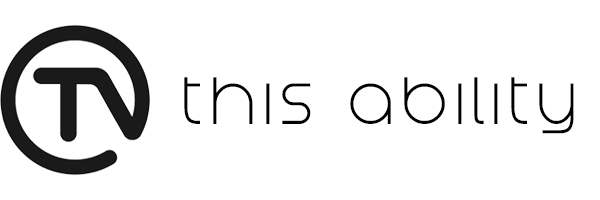Research conducted in Ireland and internationally over many years has shown that there can be significant costs of disability. These hidden reparations are the additional spending needs that people with an impairment face in their day-to-day lives that others in society do not face. There are many items that are used by everyone but which individuals with an ailment often use more, such as extra taxi journeys due to a shortage of accessible public transport or extra energy costs because of a greater need to stay warm when not mobile.
To get a better understanding of the extent of these expenditures and the way they affect the population differently, the Department of Social Protection commissioned Indecon International Research Economists to carry out research into this area in Ireland. The Indecon report includes quotes from some of the almost 5,000 people who participated and the result of this analysis gives a range of costs associated with disabilities across a number of areas including additional living expenses; mobility, transport, and communications; care and assistance services, Equipment, aids and appliances, and medicines.
The report, which was published in November of this year, places the excess financial strain is between €9,482-€11,734 per annum on top of everyday overheads. The costs vary due to a number of factors, for example, the age of the individual, household type, the ‘nature’ of disability as well as the ‘severity’ of disability. These surplus expenses fall broadly into two categories: indirect costs and direct costs.
Indirect costs include foregone earnings that people with disabilities incur because they face
barriers to work, such as employment discrimination. They also include costs borne by family members who may reduce their amount of paid work or take lower paying jobs that come with flexibility needed to provide care to a family member with a disability.
Direct costs are those expenditures people make because they have a disability. The costs are not fixed and may ebb and flow over the course of a lifetime.
Within the disability community, these extra monetary stresses are well known, the largest being for personal assistance services and health care. On Twitter, individuals share their lived experiences that others may not consider, such as the cost of ordering things when the in-person pickup option is not accessible, building a wheelchair ramp, acquiring and maintaining service animals, buying a more expensive car in order to accommodate a wheelchair, purchasing food for special diets, or paying more for housing in order to find a place that is accessible and convenient. These expenses can weigh heavily on household finances and increase the risk of poverty; adults with disabilities experience greater difficulty meeting monthly expenses, saving for the future and making ends meet. They feel the true level of economic hardship experienced by households that include a person with a disability is underestimated.
Due to inefficiencies in care and assistance services, Edward from Cork who lives with a congenital condition that leaves him as a full-time wheelchair user, must research and request services/supports for which he already qualifies for but must fight to receive. In order to do this, Edward balances the risks of taking time off from work with the possibility of losing out on much-needed services. He hopes that sharing his story on platforms like twitter can paint a realistic view the added financial stress creates.
Jenna is from Enniscrone, Co.Sligo, where she lives and works with a spinal cord injury from a pool accident in 2014 when she was just 22years old. To maintain an independent lifestyle, Jenna and her family experience a significant amount of extra costs. These costs come in the form of home modifications, dictation tools that help with writing, and car modifications that allow her to drive herself to work. Although some modifications were covered through the Government Vocational Rehabilitation program, Jenna paid 50,000e out of pocket just to purchase the vehicle. She finds herself in the shop almost every other month with repair costs exceeding 500euro. This is in addition to the income lost by taking off work to travel to the shop. Jenna cannot leave these costs unpaid because of the independence afforded her by this vehicle. “That could be your only mode of transportation to get around, especially in a rural
town,” she said.
One twitter user describes the impact “a crumbing health service not equipped to treat you” has on the individual. Families end up paying large medical bills and bills associated with ill health. such as transport, heating, special diets and prescription charges in addition to the specialist supports that people require, which may cost more because the market for such goods is small. “When your ability to earn a living is badly affected or removed you may be forced onto state supports like the Disability Allowance upon which more than 150,000 people depend, is just €203 a week. How on earth is a person with a disability to survive? “
Living on welfare, out of work and not finding it easy to even get from A to B, you become isolated. It’s a vicious cycle of joblessness, poverty and exclusion.
The right equipment is the difference between being independent or dependent. A big player in independence is your financial resources; with poverty and independence closely intertwined. Government perspective is needed and the research into the cost of disability to individuals and families is the first step to properly inform the direction of future policy. The findings have implications for many areas of public policy including the delivery of care services, health, housing, education, transport and income supports. The government should start at the route of the problem and provide essential equipment to enable disabled people to get out and about, go to work, and live independent lives and not keep many disabled people forever in the status of dependent child.
